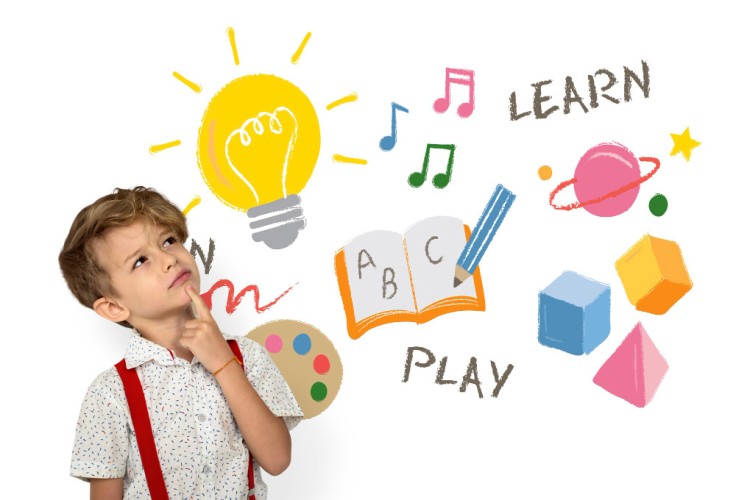
Effective parenting starts with promoting healthy growth in your child-physically, mentally, and most importantly, emotionally. All these depend on having a solid understanding of a child's intellect. According to research done by The National Institute of Health, as a parent, you may better support your child's overall wellbeing by developing a firm foundation for empathy through an understanding of their ideas, feelings, and viewpoints. This article will delve into the psychology behind understanding a child's mind and provide practical techniques to nurture empathy.
The Psychology of Understanding a Child's Mind
- Perspective-taking: Empathy starts with being able to see things from another person's point of view. Being a parent means seeing the world from your child's point of view. This enables you to respect their particular experiences and react sympathetically to their requirements.
- Theory of Mind: This is the understanding that others have thoughts, emotions, and beliefs different from our own. Children develop this ability gradually, starting around age 2. As a parent, it's important that you encourage conversations that explore feelings and perspectives that can enhance their theory of mind.
- Emotional Awareness: Recognizing and understanding emotions is fundamental to empathy. Helping children identify and label their emotions cultivates emotional awareness, which in turn supports their ability to empathize with others.
Techniques for Understanding a Child's Mind
- Active listening: When your child expresses their thoughts or feelings, practice active listening. Give them your undivided attention, maintain eye contact, and provide verbal and non-verbal cues to show that you understand and value their perspective.
- Open communication: Establish a welcoming atmosphere where your youngster may freely express themselves. Encourage them to express their ideas, anxieties, and aspirations without fear of being judged. This builds trust and enhances the link between parents and children.Thoughtful Questions: Asking your child open-ended questions might help them examine their inner world. Some examples include, "How did that make you feel?" or "What do you think might happen next?". By having them answer these in their own way, you may be able to understand their perspective.
- Engage in play: Children naturally and effectively express themselves via play. Play imaginatively with your youngster while letting them take the initiative. Observe them while they play so you may learn more about their inner world through their actions, words, and feelings.
- Observe non-verbal cues: Pay close attention to your child's tone of speech, body language, and facial expressions. Non-verbal indicators often indicate feelings and ideas that cannot be expressed verbally. You can react to their demands more skillfully if you're sensitive to these signs.
Empathy mapping
According to How People Learn, empathy mapping is a powerful tool that allows parents to gain deeper insights into their child's experiences, emotions, and needs. It involves creating a visual representation of their thoughts and feelings, helping parents develop a more comprehensive understanding. Here's how you can use empathy mapping:
- Create the Empathy Map: Draw a large circle and divide it into four quadrants labeled "Think," "Feel," "Say," and "Do." Within each quadrant, jot down key observations or insights about your child's thoughts, emotions, verbal expressions, and actions.
- Observe and gather information: Pay close attention to your child's behavior, conversations, and reactions in various situations. Take note of specific instances that provide valuable insights into their mindset. This could include their reactions to challenges, interactions with peers, or responses to certain activities.
- Fill in the Empathy Map: Using the information you've gathered, write down specific examples or descriptions in each quadrant of the empathy map. Capture their thoughts and beliefs (think), their emotional experiences (feel), their verbal expressions (say), and their actions and behaviors (do).
- Analyze and reflect: Step back and review the completed empathy map. Watch for any repeating actions or those that may have emerged.
- Adjust Your Approach: With this newfound insight into your child's worldview, you may begin to think about how you might tailor your parenting style to better match your child's requirements. Apply the information obtained from the empathy map to improve your communication, boost their morale, and create deeper bonds.
As per WikiHow, you may use empathy mapping in combination with the other techniques outlined in this article to provide your child with the nurturing atmosphere they need to grow and thrive. Understanding a child's mental process calls for active engagement, empathy, and clear communication. As a parent, the sooner you arm yourself with information regarding intellectual growth, the better off your kid will be. Above all, remember that every child is a special and unique person.
Related Article : How Do I Teach My Child Self Control?